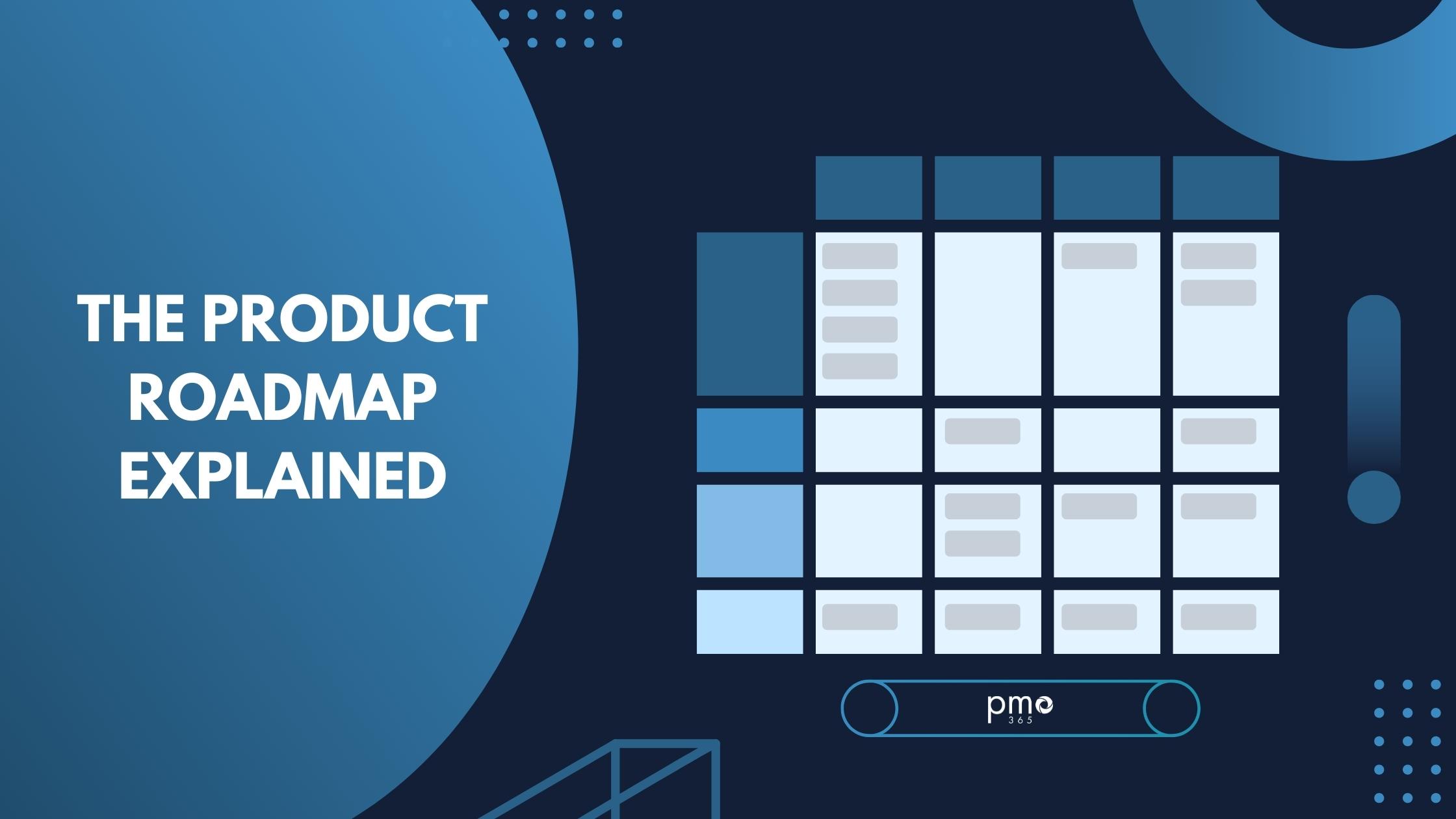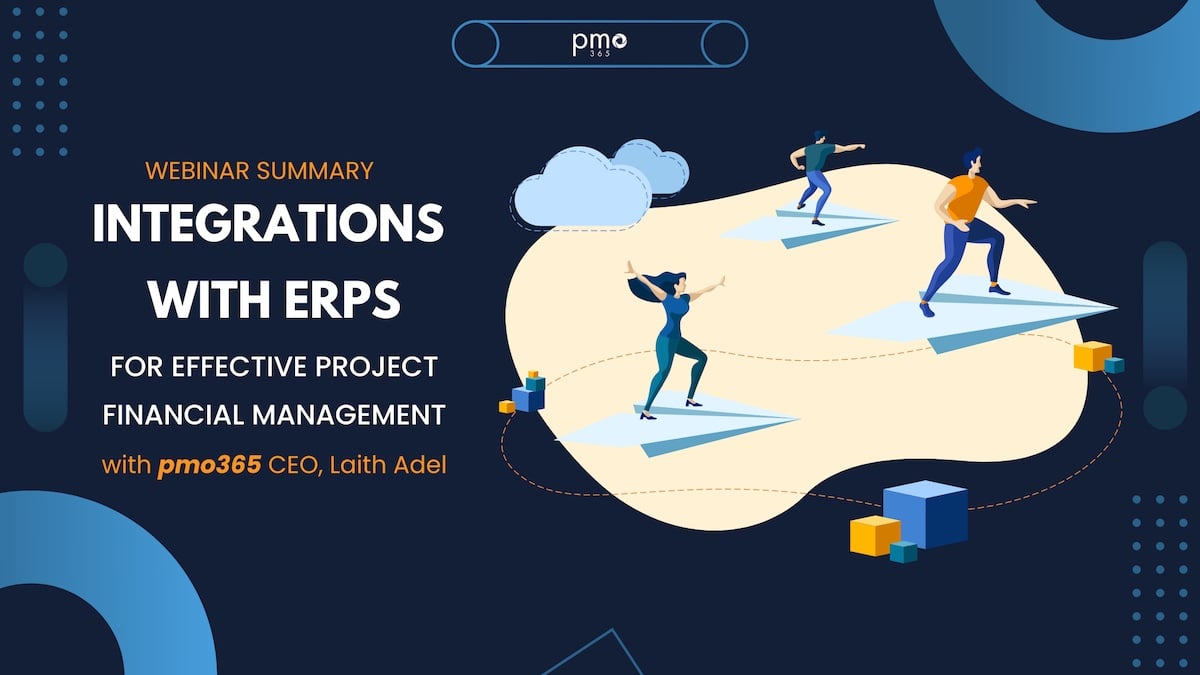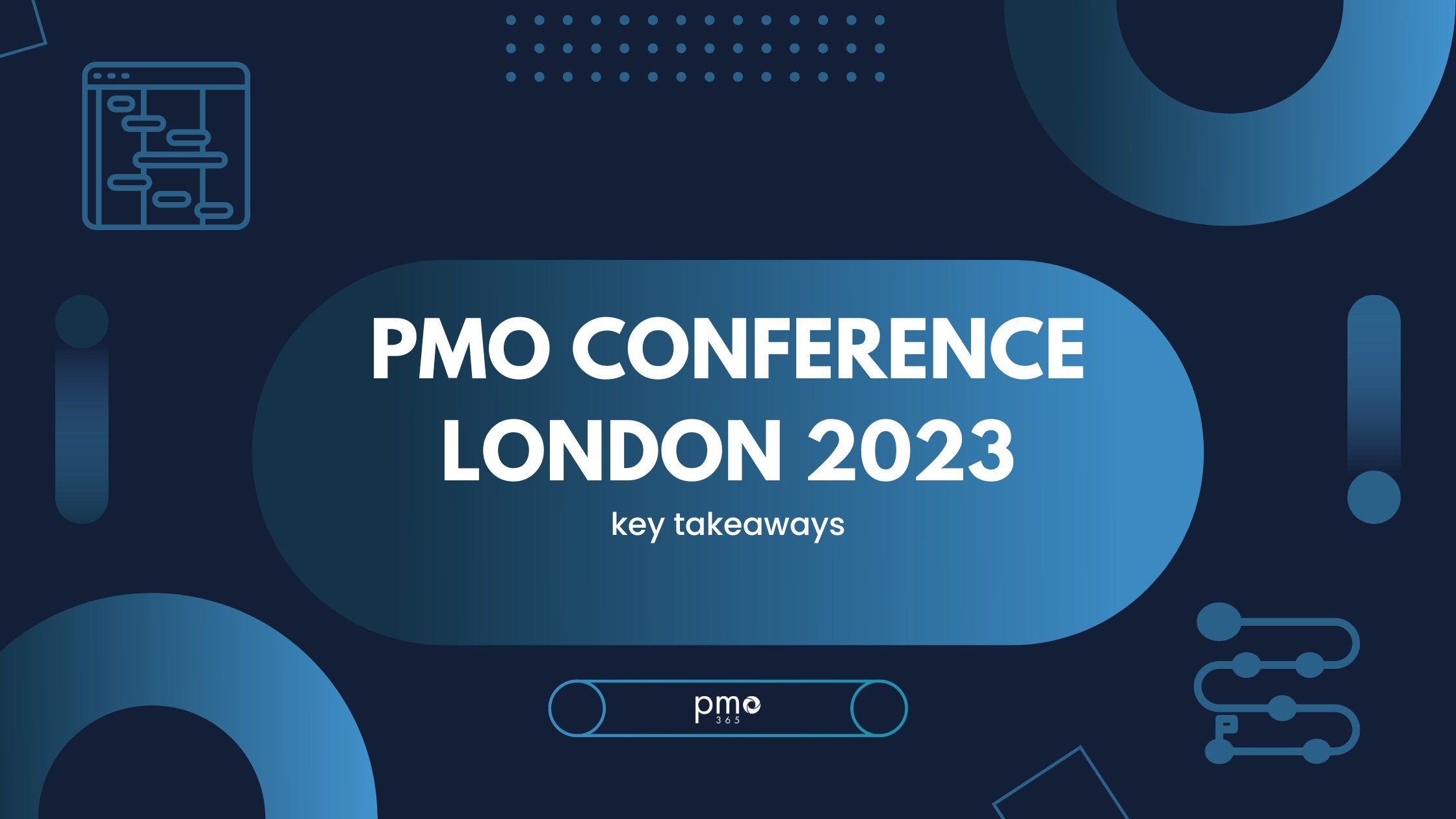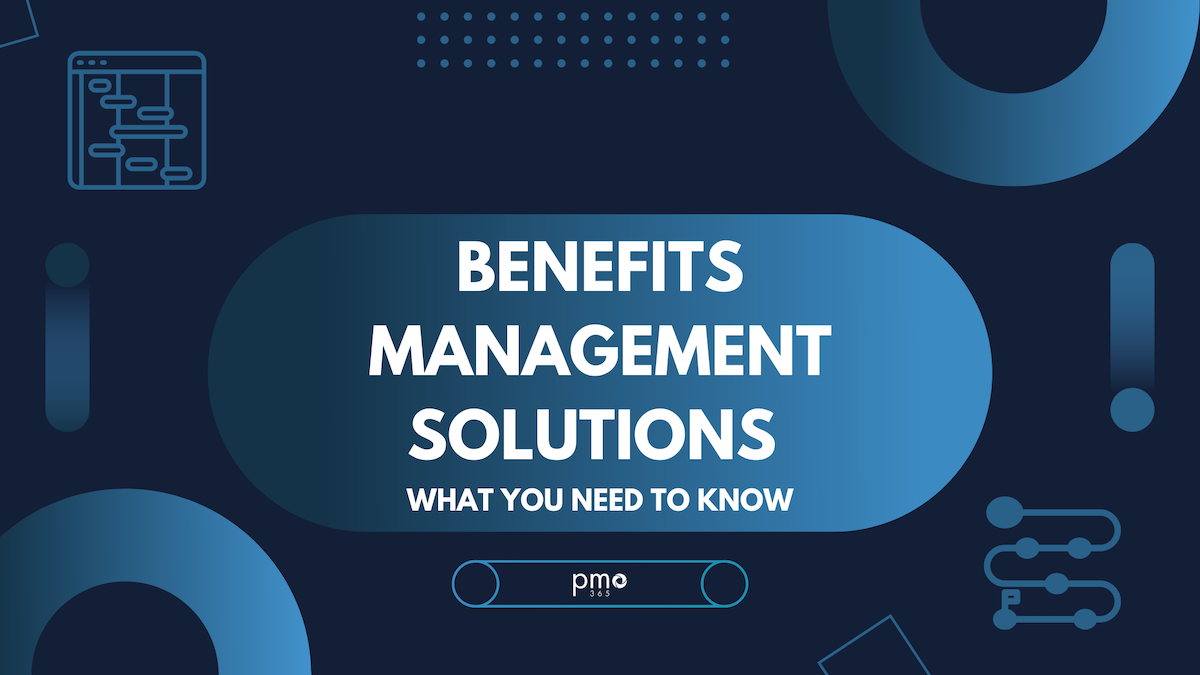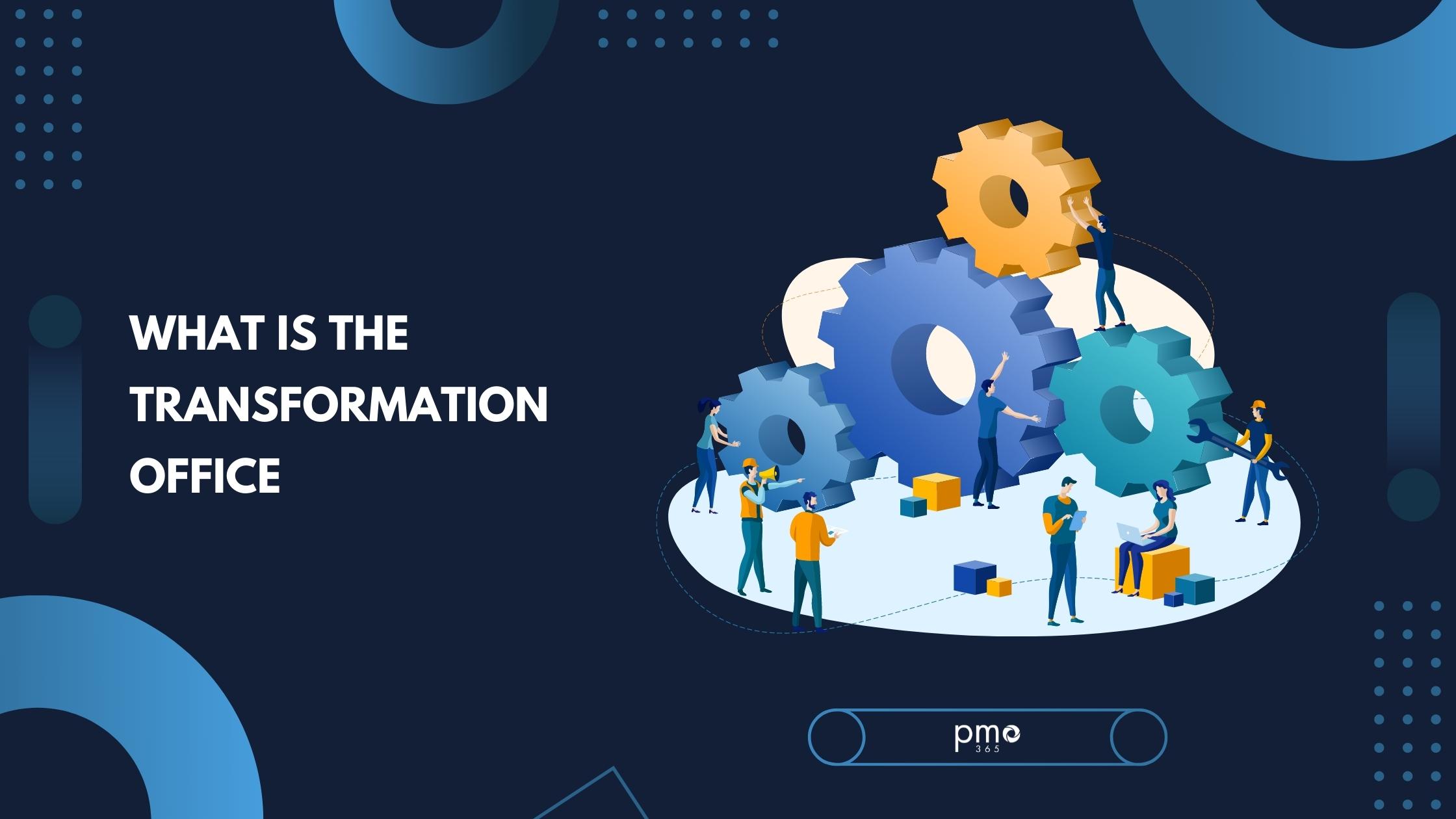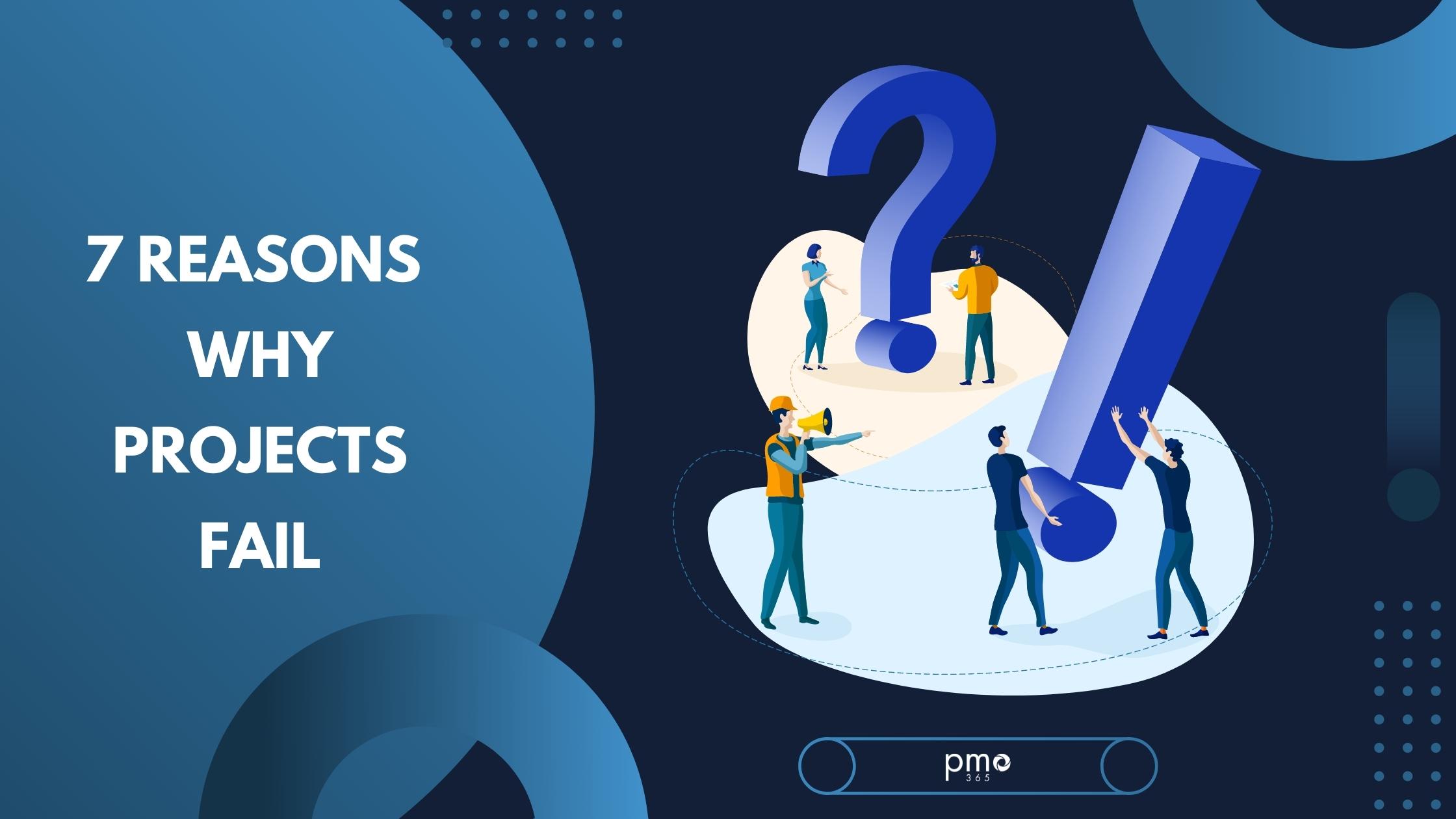Why are OKRs important? They bridge the disconnect between enterprise strategy, and the allocation of everyday work processes.
However, OKRs (or Objectives and Key Results frameworks) determine how organisations should implement their broader company strategy to achieve results. They break down strategic goals into clear deliverables, essentially converting grand ideas into measurable outcomes. OKRs unify organisations as they work collectively on tangible milestones, and achieve greater goals in the process.
Objectives are the inspirational, qualitative goals which Executive Leadership and Strategy Teams identify for the organisation. Key Results, are quantitative, measurable outcomes which track progress towards those objectives. So, OKR frameworks redirect the organisation’s focus to outcomes and metrics. At the same time, OKRs allows teams a little bit of wriggle-room in choose what methods to achieve those outcomes.
OKRs vs KPIs
You’d be forgiven for thinking that OKRs sounds like a rehash of KPIs. But there are some key differences:
Whilst OKRs are outcome focused, KPIs (or Key Performance Indicators) are performance focused. Generally, KPIs are concerned with the long game. They track the performance of a particular process and activity over time, and measure that against organisational goals.
OKRs, by contrast, align teams and individuals towards common, short-term goals. The OKR framework measures how the organisation is progressing towards specific objectives which have set timeframes. OKRs define what an organisation wants to achieve, while KPIs measure how well the organisation is moving towards those goals.
Why are OKRs Important for I.T.?
You may not first think of the I.T. department when you implement a new OKR framework, but don’t overlook it. Organisations are significantly dependent on I.T. So, work produced by the I.T. department is often inseparable from Key Results in an OKR plan.
For example, if your company’s strategic Objective is improving customer satisfaction, then improving the user experience of your website, or reducing load times, could be a Key Result.
Likewise, if increasing sales or conversions is the Objective, then working with your I.T. department to increase the reliability or running capacity of its systems is a logical Key Result.
Alternatively, if reducing operational costs is the Objective, then utilising digital processes or automating tasks could both be Key Results – all of which, of course, involve the I.T. department.
Therefore, considering your I.T. department when determining OKRs will significantly improve the quality and timeframes of their delivery.
How to Write OKRs
OKRs are a powerful framework to align teams and track progress towards goals. So, to write effective OKRs, start by identifying a high-level objective that is specific, measurable, and time-bound. Your objective should articulate what you want to achieve and provide a clear direction for your team. Once you have identified your objective, break it down into a few Key Results.
The Key Result need to be able to help you measure progress. Your Key Results should be specific, measurable, achievable, relevant, and time-bound. Only then can your Key Result provide clear indication of whether or not you are making progress towards your objective. When writing your OKRs, make sure to prioritise quality over quantity, and limit the number of objectives and key results. These considerations will ensure that your team is able to focus on what’s most important.
It’s also important to involve your team in the goal-setting process. By doing this, you can ensure that teams understand their roles in achieving organisational objectives. Thus, OKRs can build a culture of collaboration. Make sure you regularly review and adjust OKRs according to the organisation’s progress. That way, you can write OKRs that keep your team focused, motivated, and aligned around a common set of goals.
OKRs at an Enterprise Level
By their very nature, large enterprises face unique challenges in forming and sticking to OKR frameworks. However, the benefits definitely outweigh the trouble. Large organisations usually incorporate a wide range of functions. Therefore, they are prone to lower visibility, disunified efforts to reach business objectives, and a lack of consistency across enterprise activities.
However, OKRs can convert company strategy into coherent methods to align employees towards their achievement. The OKR puts in place coherent processes and timelines that guide your operations. At the same time, they instill a sense of ownership and responsibility among teams.
When you break down company strategy into Key Results, every employee directly contributes towards the greater goals. This can encourage versatility and innovation, as well as a culture of accountability and transparency.
Nevertheless, implementing OKRs can be challenging. It requires clear communication, strong leadership, and a willingness to drive significant change at an organisational level. And this is where Portfolio Project Management comes in very useful.
How Project Portfolio Management and OKRs Work Together
The creation of OKRs often falls to the Project Management Office (PMO). Project Portfolio Management, or PPM, is a management process that realises company objectives at optimum efficiency. It does this by prioritising activities and outlining how they will be best achieved. PPM aligns all projects with the strategic goals of the organisation. It also executes these projects in a way which maximises benefit and minimises exposure to any risks. Key features of PPM include portfolio analysis, project scheduling, resource allocation, and benefits management.
With PPM, projects are aligned with strategic goals, potential benefits are identified and prioritised, project methodologies and governance are established, and KPI’s are agreed upon. In this way, PPM unites the ‘top-down’ messaging from company management with the ‘bottom-up’ (project level) division of tasks and responsibilities.
Doing the Right Projects and Doing them Right
So, PPM bridges the gap between enterprise strategy and daily work processes by providing the architecture to deliver key results. As a vehicle to realise your OKRs, it assists work divisions prioritise projects and ‘do those projects right’. Teams are clear on their deliverables, timelines and governance, and employees are collectively focused serving strategic goals.
pmo365 is a Microsoft preferred PPM solution that is designed to enact your OKR plan. It harnesses the power of the Microsoft Power Platform to optimise your project management activities. pmo365 can be viewed as comprehensive library of Apps, Flows, Reports and Connectors. We create bespoke PPM solutions, utilising our 15 years’ experience in the delivery of PPM solutions. They include business tools for portfolio analysis, project scheduling, risk and benefits management, and much more. pmo365 also integrates with any Microsoft or non-Microsoft software, and delivers tailored configurations to suit every kind of project or program delivery.
See how pmo365 will help your company achieve its strategic objectives.

